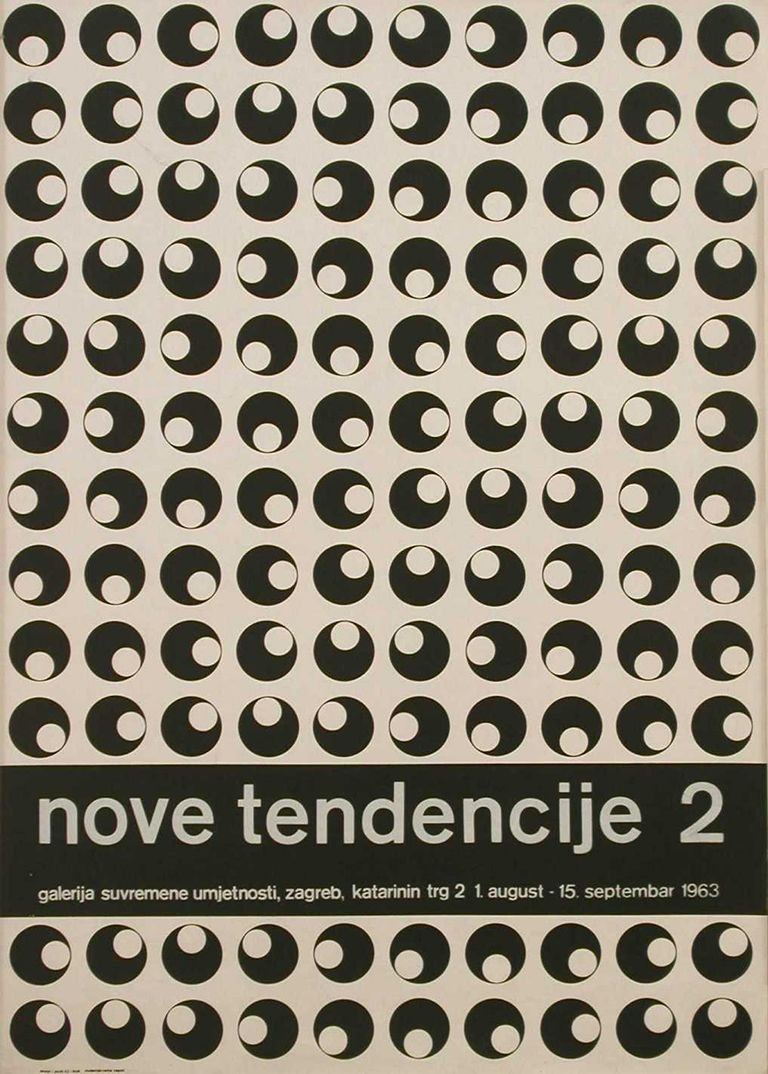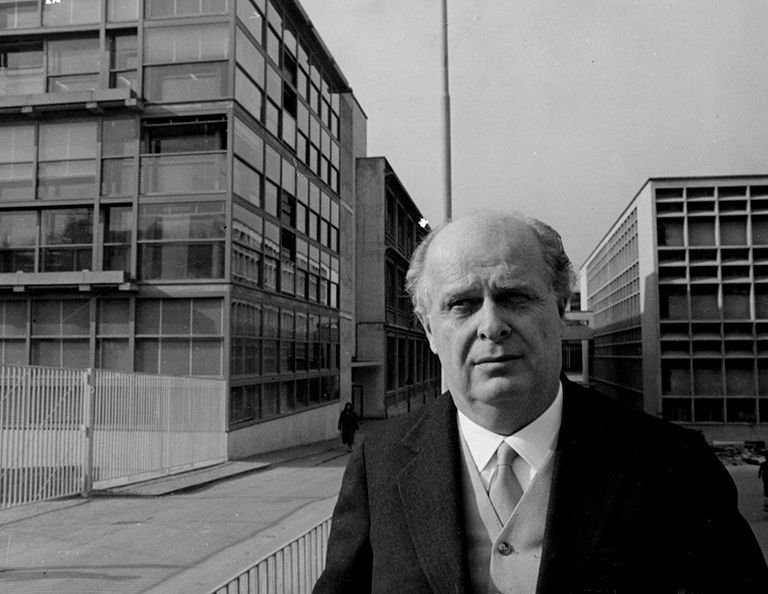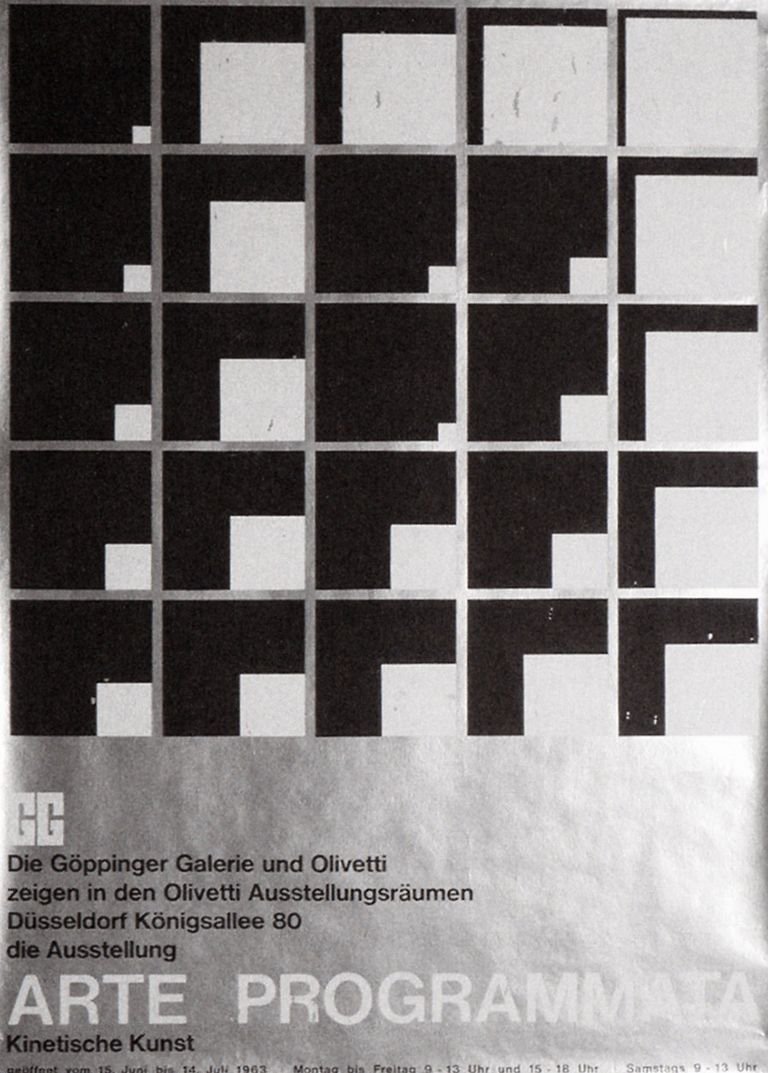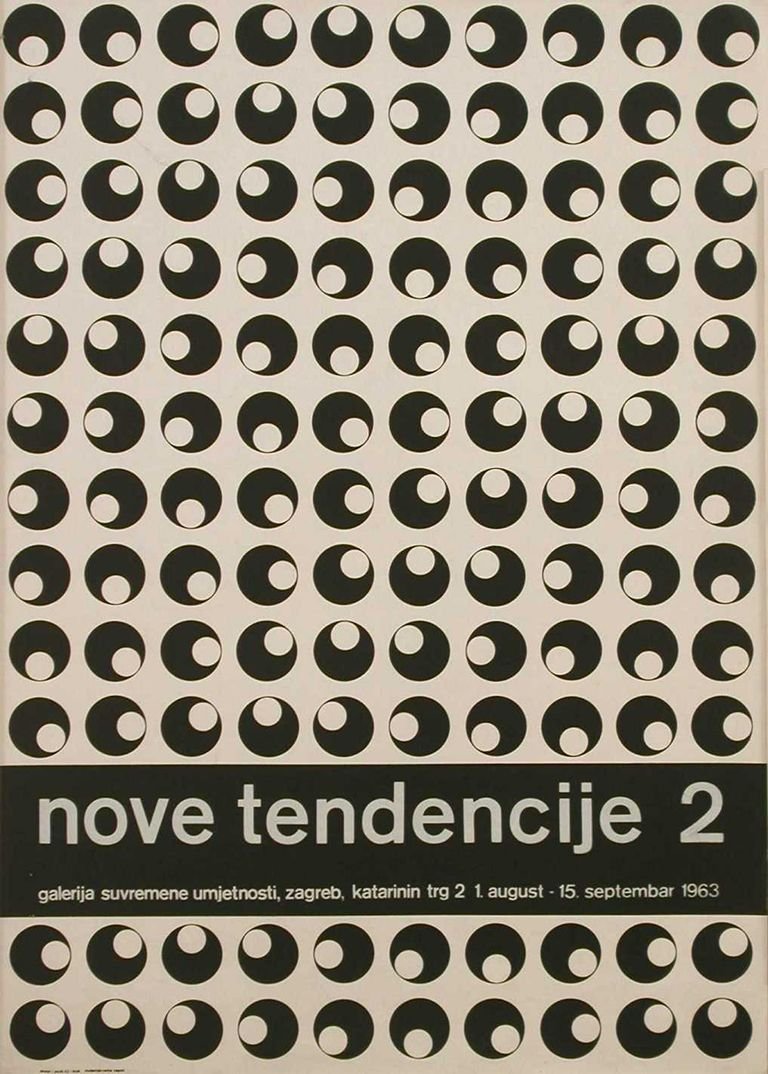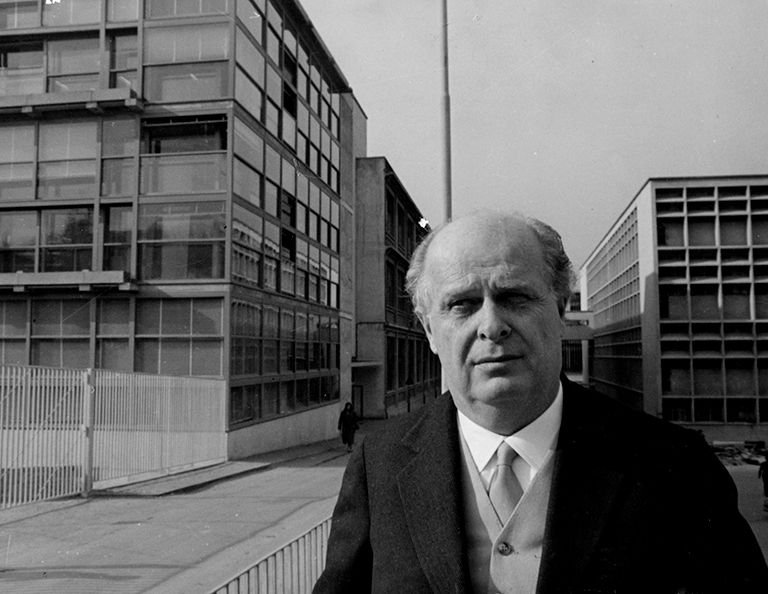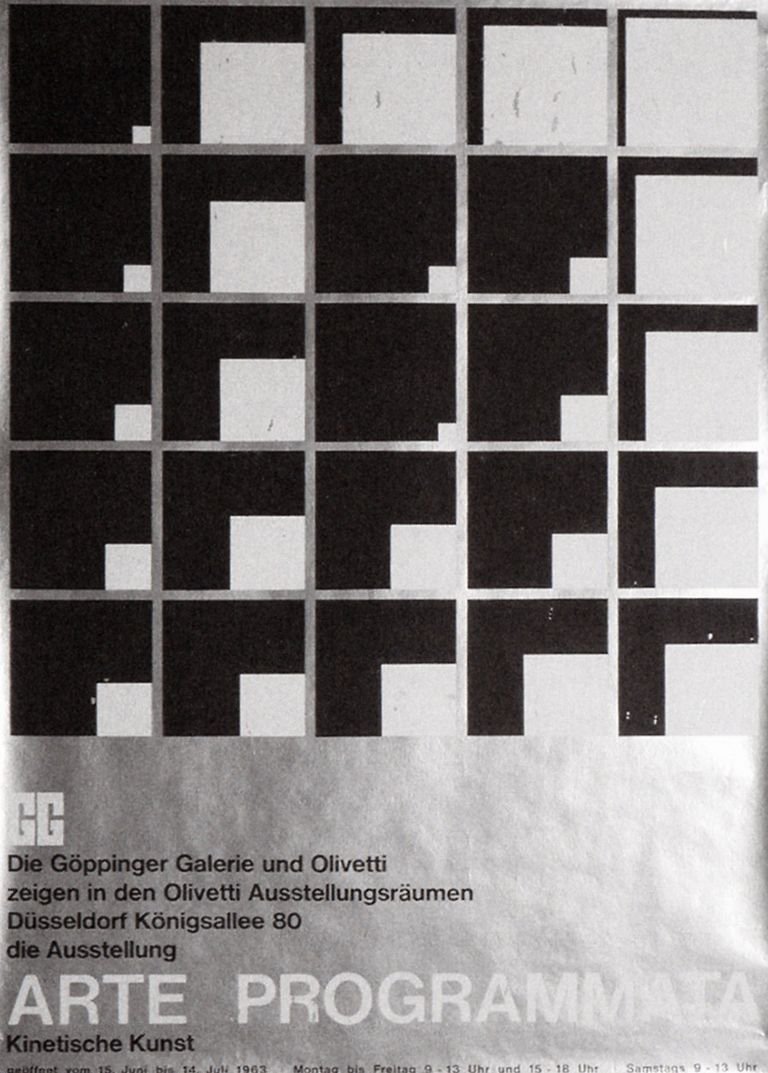Programmare l’arte
Olivetti e le neoavanguardie cinetiche
The exhibition of “Programmed Art” was inaugurated in the Olivetti Store in the Galleria Vittorio Emanuele, Milan, on 15 May 1962. The name Arte Programmata was coined by Bruno Munari, who launched the initiative, and Umberto Eco, the theorist of kinetic art as a paradigm of the “open work”, was responsible for the catalogue. The young and very young artists included the Milanese Gruppo T (Anceschi, Boriani, Colombo, Devecchi and Varisco) and Gruppo Enne from Padua (Biasi, Costa, Chiggio, Landi and Massironi) together with Enzo Mari and Munari. Others were to join during the show’s two-year tour.
Packed in crates painted orange with the name Olivetti clearly evident, the works are a small but important symbol of the Italy of the economic boom and the fruitful wedding of avant-garde art and industrial research. The show was in fact produced and sponsored by Olivetti, the first company ever to act in such a capacity, in the period of its venture into electronics and production of the Elea 9003, the world’s first transistorized mainframe computer.
Fifty years on, this book not only reconstructs the show through the works and the documentation of its genesis (including the anastatic reproduction of the original catalogue) but also takes a broader look at the electronic adventures of Olivetti, a company that sought to address the social and cultural implications of the dawning digital era.
Textual index
1962-2012 — Marco Meneguzzo, Enrico Morteo, Alberto Saibene
Bruno Munari e il Gruppo Enne
L’importanza di chiamarsi programmati — Marco Meneguzzo
Una meccanica a orologeria. Arte Programmata e Nuove Tendenze tra Venezia e Zagabria — Giovanni Rubino
Olivetti e il bello dell’elettronica — Alberto Saibene
Sofisticate astratte ingenuità. Arte-industria-innovazione: appunti a margine della mostra “Arte Programmata”, Negozio Olivetti, Milano 1962 — Enrico Morteo
Genealogia di una mostra. Intervista a Umberto Eco — a cura di Enrico Morteo e Alberto Saibene
Schede delle opere — a cura di Giovanni Rubino
Arte Programmata 1962 – riproduzione anastatica del catalogo
Dossier
Effetto programmato 1962. Testimonianze sull’Arte Programmata 1962-1965 — Arianna Baldoni
Disegno dei calcolatori elettronici — Ettore Sottsass Jr.
La forma del disordine — Umberto Eco
Testimonianze
Interviste agli artisti, 1995 — a cura di Marco Meneguzzo
L’Arte Programmata nella stampa di allora
Antologia critica
Nuove direzioni della cinevisualità plastica totale. Indicazioni per un catalogo degli artisti d’oggi impegnati nell’integrazione visuale — Carlo Belloli
“Arte Programmata” in mostra a Milano. L’elettronica ispira i giovani — Marco Valsecchi
Le ragioni del gruppo — Giulio Carlo Argan
Arte Programmata — Enrico Crispolti
La nuova tendenza nella situazione italiana — Giuseppe Gatt
Presentazione cartella serigrafie “Enne 60-4 s/1-10” — Umbro Apollonio
“Arte programmata”. Domus, n. 422, gennaio 1965 — Lara Vinca Masini
Programmare l’arte


